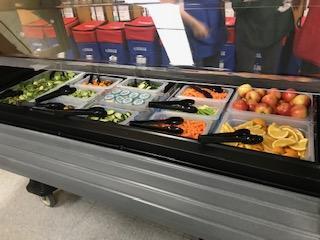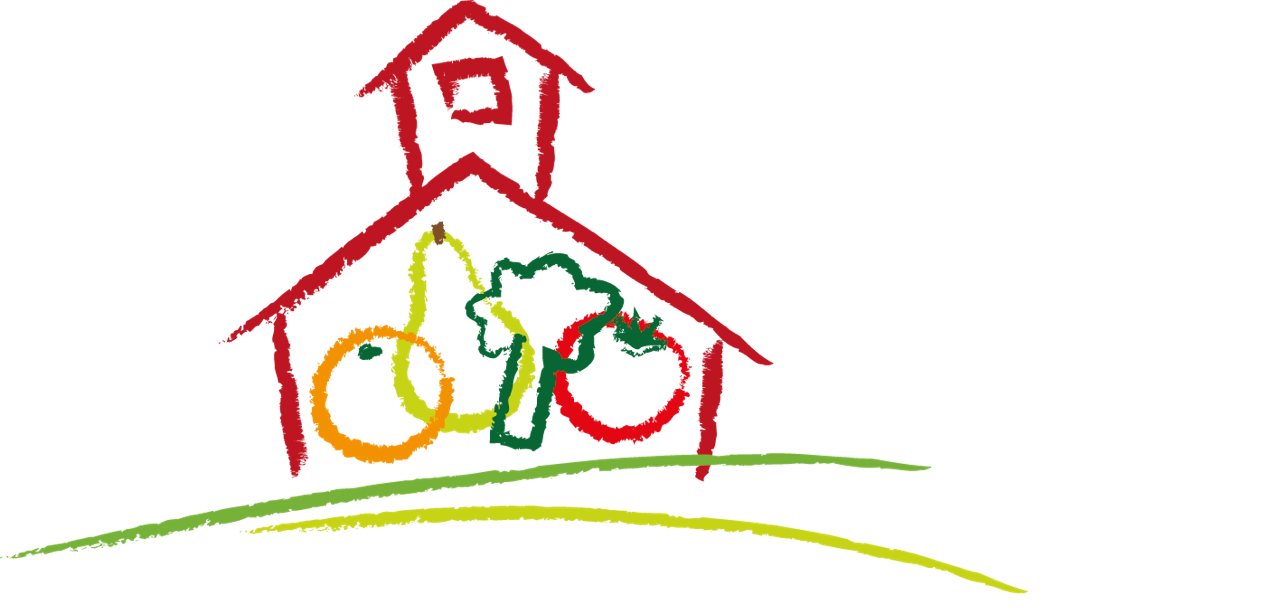Featured Salad Bar Program: El Monte City School District
We recently caught up with Robert Lewis, Food Service Director for El Monte City School District in California. Lewis applied for the Salad Bars to Schools grant in 2017, and this is the second year that all 14 schools have used the bars. Here, he shares some insights about operating his district’s salad bar program.
District Preparation:
 How did you prepare your district to receive and begin implementing salad bars?
How did you prepare your district to receive and begin implementing salad bars?
Before we received our salad bars, we trained all of our employees on appropriate stocking protocols, how to cut up fresh fruit and vegetables, and the overall appearance of the salad bar.
Did your staff need additional support?
No, at El Monte City Schools, our staff are all trained cooks with ServSafe certifications. We did allot three additional labor hours for each one of the schools to fully incorporate the salad bars. This necessitated a new position at each site, ultimately creating 14 new jobs within our community.
How did you prepare your students for their first day using the salad bar?
Principals took on the responsibility of talking to students about how to go through the salad bar line. They explained how the salad bar is not a fast process, students should take their time. They can choose what they want but they need to be sure to eat what they choose. Every one of our schools also did a mock walkthrough with the salad bars before the full implementation day to get students and teachers used to the flow.
Overcoming Challenges:
 Do you have any advice for new Salad Bar recipients on how to manage excess food waste?
Do you have any advice for new Salad Bar recipients on how to manage excess food waste?
My advice is to stock the salad bar a lot at the beginning of the week with 8 or 9 choices, then you use the leftovers as the week goes on so that there are no leftovers for the weekend. Throughout the week we monitor what kids like and don’t like, to see what’s leftover and take that into consideration for future orders. I also rely on my production records to manage waste and track popular options.
Did you experience increased food costs? If so how did it impact your program?
Running our salad bar program has only temporarily increased our overall food cost. We are able to get most of our fresh produce through our USDA Commodity Dollars, which helps us save money. Knowing how to rework our commodity dollars is crucial. In January, I will be shifting our percentages away from spending those dollars on frozen fruits and vegetables to fresh options. Our program is really rocking now, so I will be putting more of my USDA Commodity Dollars towards fresh items for the salad bars.
How has your labor changed, if at all?
The only change we have had to make is the addition of a few more hours to our delivery driver’s workday. We prefer to take the salad bar supplies out separately so that we maximize freshness. Ultimately it hasn’t been a lot of hours but we have had to add a few.
Are there any other program successes you would like to share?
Some of our schools celebrate when all of their students have perfect attendance. On these academic achievement days, I’ve asked the principals to let me plan the food, and make it a special lunch. We will usually have a big outdoor barbeque and I get out the salad bar as a feature for the special day. It’s a great way to work with the principals to get kids interested in eating healthy. On these days we see great participation, usually around 97 percent!
It’s also been amazing to see the little kids in kindergarten come through the salad bar. They say it’s just like when they go out to eat, like going out to a restaurant. Overall, we have seen our participation increase and kids are eating healthy, so it’s really a win-win situation all around!
